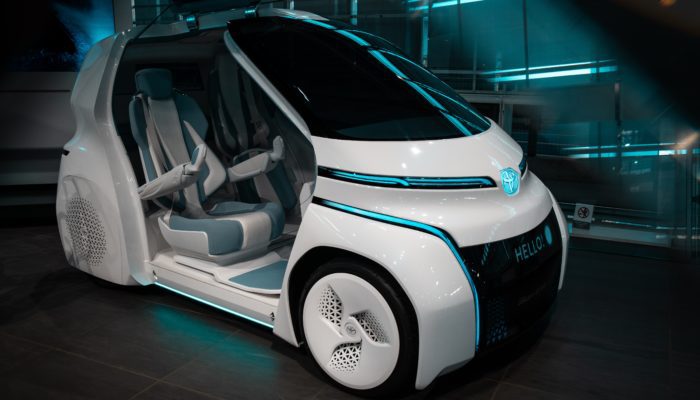Cities have always been hotspots for novel ideas, disruption, and creativity. The more people and the more diversity are gathered in one place, the more innovative output is naturally produced. We learn from each other, we inspire each other, and we develop ourselves as a result of the connection. Urbanization in that sense is the process of people coming together with the potential to kickstart more innovation.
Globally, the trend is moving towards growing urbanization. People flood to the cities as this is where opportunities and connections are to be found: Jobs, educational institutions, entrepreneurs, creatives, and global changemakers are all gathered in the cities. It is a self-sustaining circle: Jobs attract jobs, creatives attract creatives, entrepreneurs attract entrepreneurs, etc.
As cool as this is, questions such as housing, infrastructure, and smart cities are also being raised by this trend. And finding answers to those questions becomes ever more urgent. The living spaces we have now cannot possibly house everyone, and our streets are already brimming with cars. If we want to give everyone equal access to the quality and opportunities of city life, we either need to grow our cities or to provide the same opportunities in the provinces. Otherwise, we stay stuck in a bad circle of only the rich and well-educated being able to live in the cities where they can get richer and better educated still. The trend of urbanization is one we must take seriously, so as many people as possible can create the life they want to live.
So let’s look at the challenges and the accompanying opportunities that follow this megatrend.
Growing Cities
Housing
One of the greatest challenges cities are facing is the lack of available and affordable housing. The rate at which new apartments are being built doesn’t match the rate at which new people move to the cities where they are being built.
Consequently, we need to use the space we have more efficiently. Apartment buildings probably have to get taller and the apartments themselves smaller. Another option is to make the apartments more adaptable, with one room turning into another room at the push of a button.
It also isn’t unrealistic to imagine that shops and stores will all move online in the future, enabling them to have their storage facilities outside the cities with drones delivering the goods to customers. This would free up a lot of space for housing in the cities instead.
What is absolutely certain is that housing needs to be rethought. Urbanization isn’t the only trend that demands us to find new space for more people; the world population is also growing, so sooner or later we need solutions for affordable housing.
Infrastructure
The global average of hours spent in traffic by commuters is more than 54 hours. In London, the number is as high as 227 hours each year. This statistic is unlikely to improve when more people move to the cities.
In our article about the Future of Transportation, we discussed some of the alternatives that are likely to relieve the pressure on our streets such as hyperloops, flying cars, and transportation pods. Current trends like car sharing, public transportation as well as bikes, and e-scooters are already great initiatives, but more needs to happen if the populations of our cities grow.
Smart cities
To facilitate bigger cities and optimize them, the Internet of Things could prove an optimal solution for many of the challenges resulting from growing cities. Smart cities work with the help of sensors collecting data about citizens, devices, buildings, and systems. With that data, traffic, waste, crime, water supply, hospitals, schools, etc. can be better managed and costs be greatly reduced.
Growing Communities
Apart from the logistic challenges of gathering a great number of people in the same location, this trend also promises many benefits.
- more people tend to equal more diversity, and that is great news for innovators and changemakers. The more diverse a team of brains is the crazier and more creative the ideas are. Urbanization may thus help advance innovation and creativity.
- the developments needed to make urbanization as described above work is going to transform our society in general and also benefit rural areas, improving the general living standard for everyone.
- as different cultures would be forced to meet more often in those cities, tolerance and understanding would hopefully result as well as greater open-mindedness.
What You Can Do
Urbanization is already taking place every single day, even though we might not feel the consequences of it so strongly yet. Here are a few things you can do to prepare for the shift towards greater urbanization:
- Become a minimalist: We will have less space in the future, so you might as well get into minimalism sooner rather than later.
- Share products & services: Shared cars, shared living, sharing economy – these may all take the pressure off the consumption of our resources.
- Think your products digitally: The virtual world is a lot bigger than the analog world and it is continuously expanding, so if you are working on a project, think of how you digitalize it.
These are small things, perhaps, but if everyone starts living up to these principles, they add up and may have a big positive impact. Urbanization requires us to #thinkbig, or as Kushal Pal Singh phrases it:
In urbanization you think big because you are thinking decades ahead – Kushal Pal Singh


